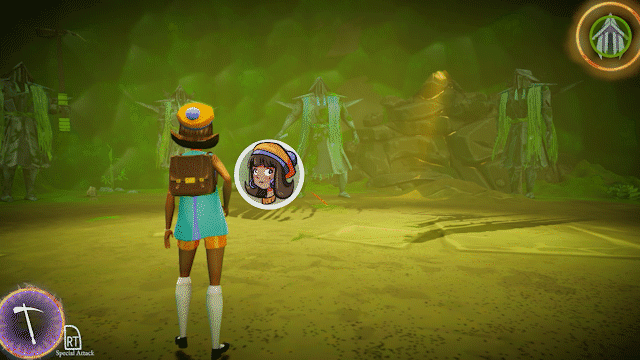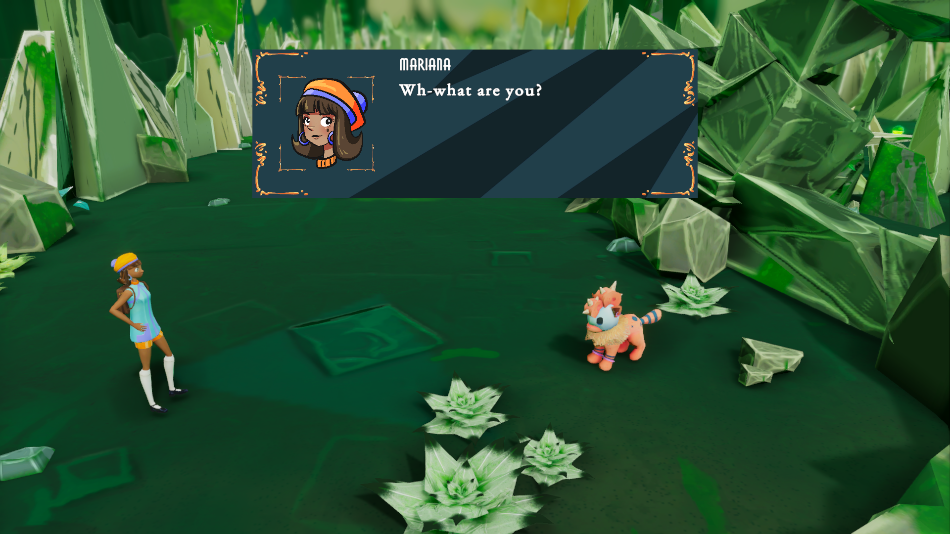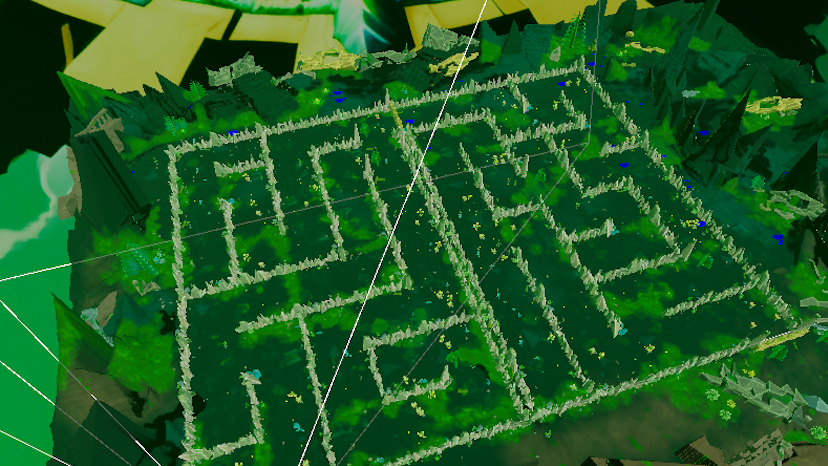Introduction
Travesía invites you to step into the shoes of
Mariana, an ordinary teenager whose life takes an extraordinary turn when she stumbles upon a
necklace that once belonged to
her mother. Little does she know that this seemingly ordinary heirloom holds the key to unlocking a universe of
captivating adventures.
Embark on a journey alongside Mariana and her enigmatic companion,
Raku, as they traverse a mesmerizing
3D world from an
isometric perspective. In Travesía, combat takes center stage, challenging your
precision and timing. Roll to evade enemies' relentless attacks, and master the art of striking at precise moments to avoid danger. Your skill in combat is vital to keep Mariana safe from harm.
As you delve deeper into this enchanting realm, you'll encounter
intricate puzzles that stand as gateways to new worlds. Solving them is the key to unraveling the mysteries that await. Travesía empowers you with a
variety of weapons, each offering a unique balance of speed and damage output. Choose your arsenal wisely, for it will be your companion in the face of adversity.
What sets Travesía apart is its innovative use of optional
webcam integration. Your
facial expressions become your tools for interaction.
Blinking can alter the course of your adventure, and subtle facial movements aid in evading a variety of attacks. This groundbreaking feature adds a layer of immersion that makes Travesía a truly one-of-a-kind gaming experience.
In the world of Travesía, Mariana's journey is a mesmerizing fusion of combat, puzzle-solving, and the art of facial expression interaction. Get ready to uncover the hidden powers of Mariana's necklace and set forth on an adventure like no other.





